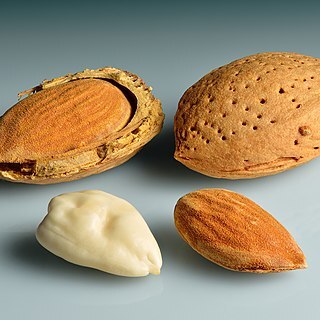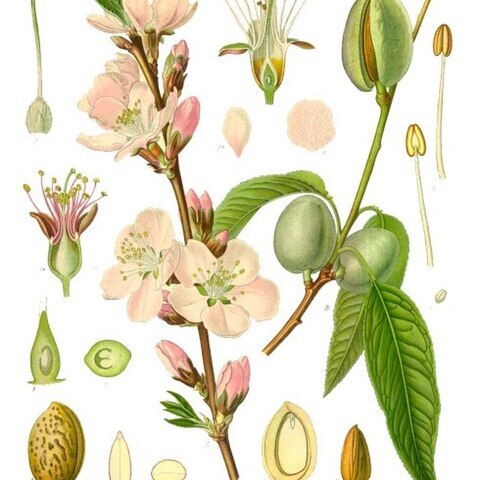| Therapeutic use
|
Dyspnea (unspecified), Anti-inflammatory agents (flower), Astringents (fruit), Diabetes mellitus (fruit), Amenorrhea (seed), Antipruritics (seed), Aphrodisiacs (seed), Ascites (seed), Asthenia (seed), Colic (seed), Cough (seed), Demulcents (seed), Diuretics (seed), Dyspepsia (seed), Earache (seed), Emollients (seed), Headache (seed), Inflammation (seed), Laxatives (seed), Nervous system diseases (seed), Neuralgia (seed), Pain (seed), Peptic ulcer (seed), General tonic for rejuvenation (seed), Skin diseases (seed), Urinary bladder calculi (seed), Urination disorders (seed), Alterative (unspecified), Astringent (unspecified), Corn (unspecified), Cough (unspecified), Demulcent (unspecified), Discutient (unspecified), Emollient (unspecified), Eruption (unspecified), Gingivitis (unspecified), Heartburn (unspecified), Internulcer (unspecified), Itch (unspecified), Poison (unspecified), Prurigo Senilis (unspecified), Sclerosis(Spleen) (unspecified), Sedative (unspecified), Skin (unspecified), Sore (unspecified), Spasm (unspecified), Stimulant (unspecified), Stomatitis (unspecified), Tonic (unspecified), Tumor (unspecified), Asthma (unspecified), Cyanogenetic (unspecified), Lung (unspecified), Carminative (unspecified), Cold (unspecified), Diuretic (unspecified), Laxative (unspecified), Lithontriptic (unspecified), Nervine (unspecified), Tumor(Bladder) (unspecified), Anemia (unspecified), Colic (unspecified), Delirium (unspecified), Earache (unspecified), Gonorrhea (unspecified), Hypnotics and sedatives (unspecified), Kidney diseases (unspecified), Laxatives (unspecified), Liver diseases (unspecified), Pain (unspecified), Parasympatholytics (unspecified), Skin diseases (unspecified), Splenic diseases (unspecified), Ulcer (unspecified), Wound healing (unspecified), Wounds and injuries (unspecified)
|


